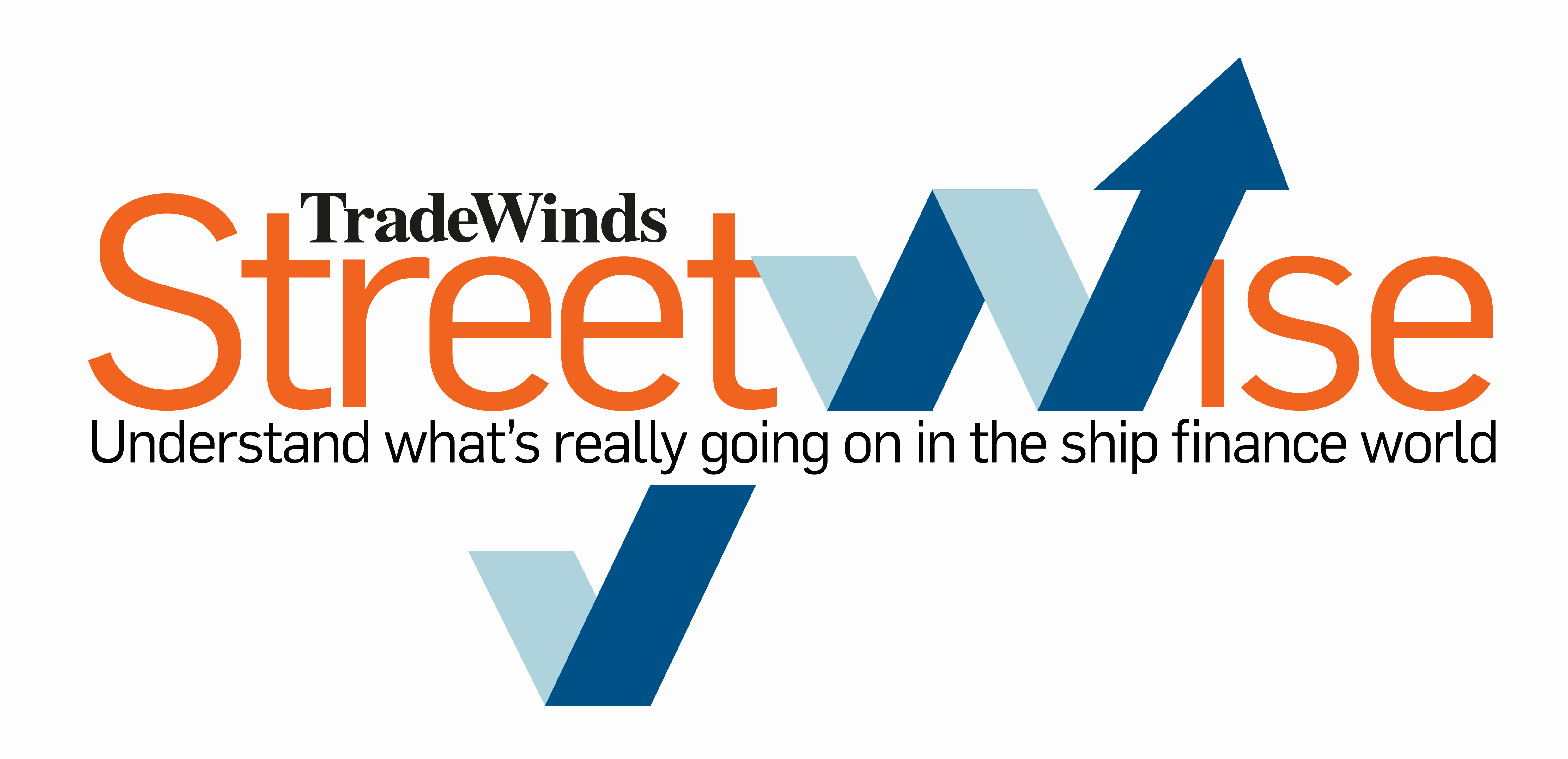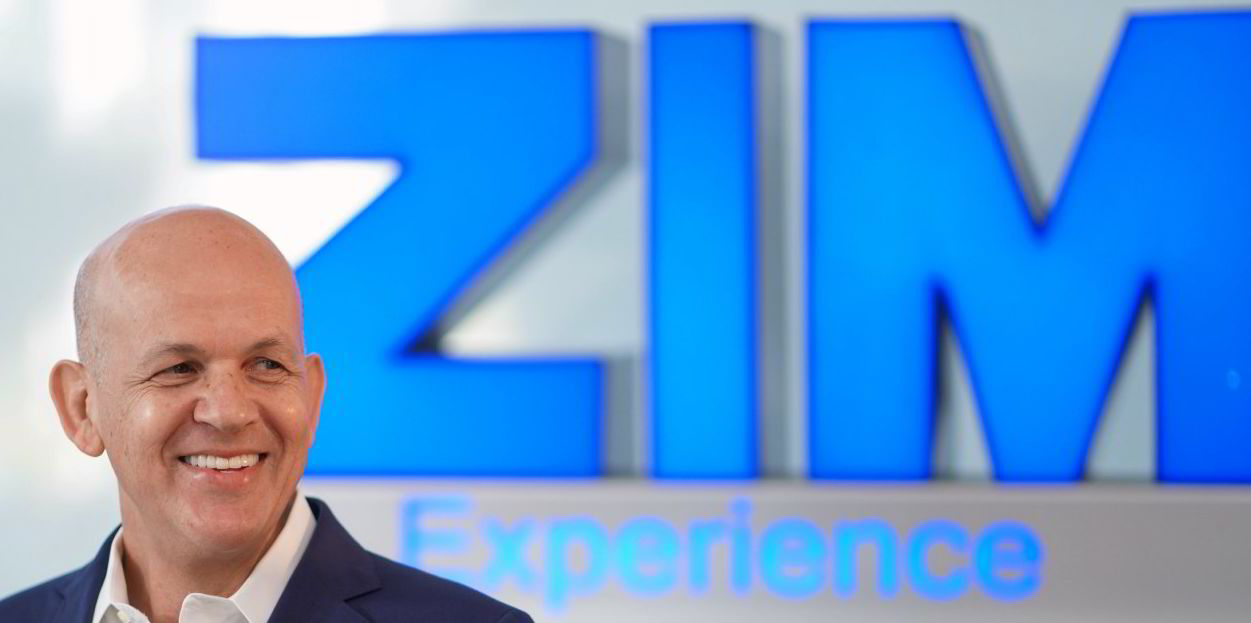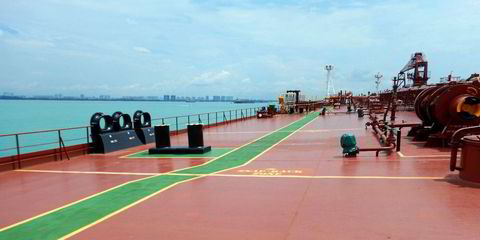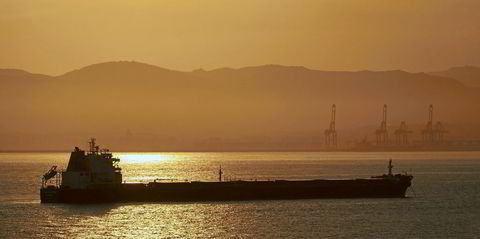Management of Atlas Corp arranged a formal investor day on Wednesday at the New York Stock Exchange, and it appears to have been well timed.
That is because some of the equity analysts covering the New York-listed company — to say nothing of investors — still appear to be wrapping their heads around the concept of the entity that was rebranded from container ship owner Seaspan Corp in 2018.
Atlas is still best known as the parent of Seaspan, which calls itself the world’s largest independent owner of container ships. But about 12% of its Ebitda comes from APR Energy, which provides mobile power to underserved markets through gas-powered turbines.
So Atlas executives led by chairman and veteran entrepreneur David Sokol faced questions like this one from Citi analyst Christian Wetherbee: “A question we get from investors a lot on APR is: ‘Why do you own this asset?’ Why is it a good asset to pair with Seaspan?”
And this one from Bank of America researcher Ken Hoexter: “What is Atlas? Does it mean there’s going to be a third or fourth leg as an investment?”
Sokol spent some time clearing the air.
“We don’t view ourselves as a conglomerate. We don’t own APR, so it will bring a benefit to Seaspan. They’re separate assets,” he said.
“You should look at us as an infrastructure investment vehicle. We’re going to own other things over time. Synergies will happen in small amounts, but they’re not a reason to do what we’re doing.”
Sokol said many infrastructure funds require an upfront commission of 1% to 1.5% and take a 10% fee while requiring a timeline of 10 to 15 years.
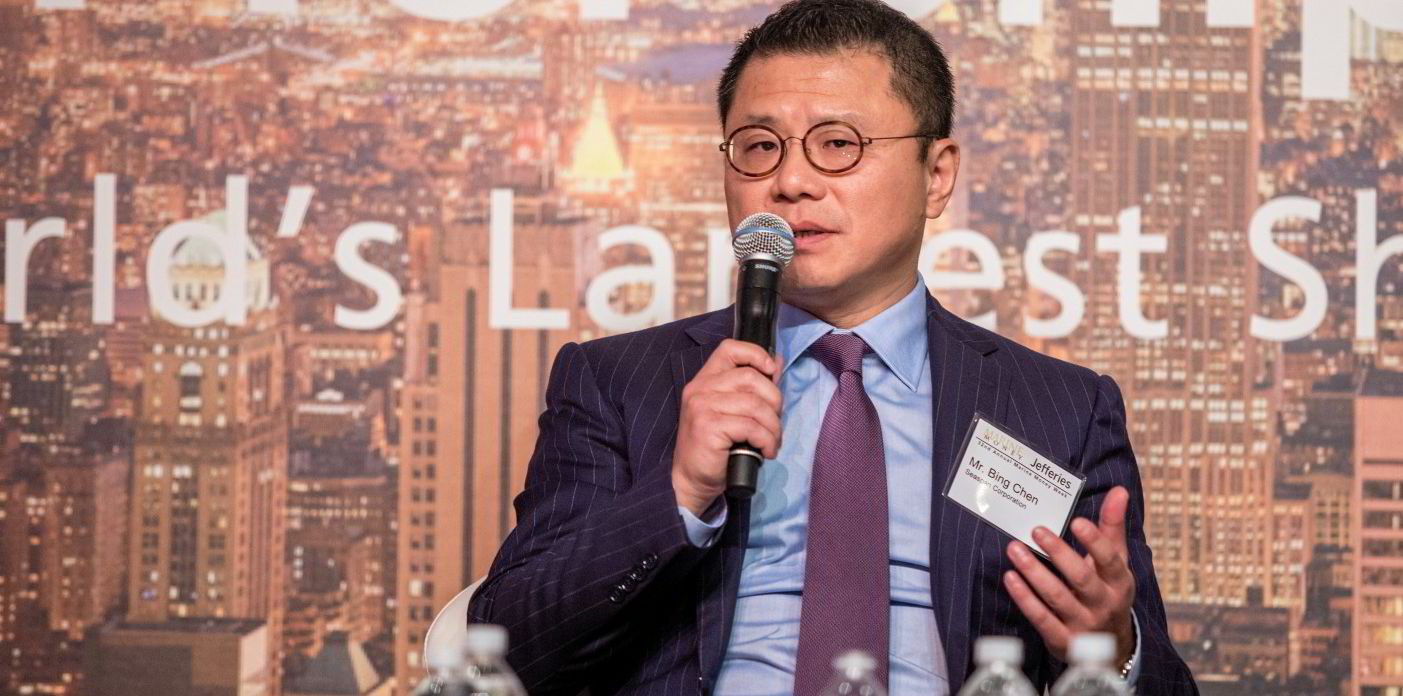
“We are a public company. If you invest in us, you’ll have liquidity. You get a dividend of 3% instead of paying us 1%. If you look from 2017 until today, I’d put our track record up against any infrastructure fund out there,” he said.
Seaspan remains the jewel of the revamped company. In December, it completed the last of its financings related to its 70-vessel newbuilding programme, including three ships delivered in 2021, through a total investment of $7.6bn.
A bridge in China?
Atlas chief executive Bing Chen said the company’s container ship leasing business grew by 890,750 teu, 73 vessels net, and $12.9bn of gross contracted cash flow primarily contributed by the 70 newbuildings, four pre-owned vessels acquired and 68 forward charter fixings.
The Atlas team also spent part of Wednesday’s session discussing its joint venture with ZE Group of China in Zhejiang province on projects including the development of alternative fuels and the sale of exhaust-gas scrubbers.
Jefferies analyst Randy Giveans asked whether the venture might prove a “bridge” between Seaspan and APR.
“It’s obvious we’ve got maritime and energy platforms and we’re going through energy transition,” said chief financial officer Graham Talbot. “There are opportunities around that. It’s highly logical we’d look for business in that area.”
